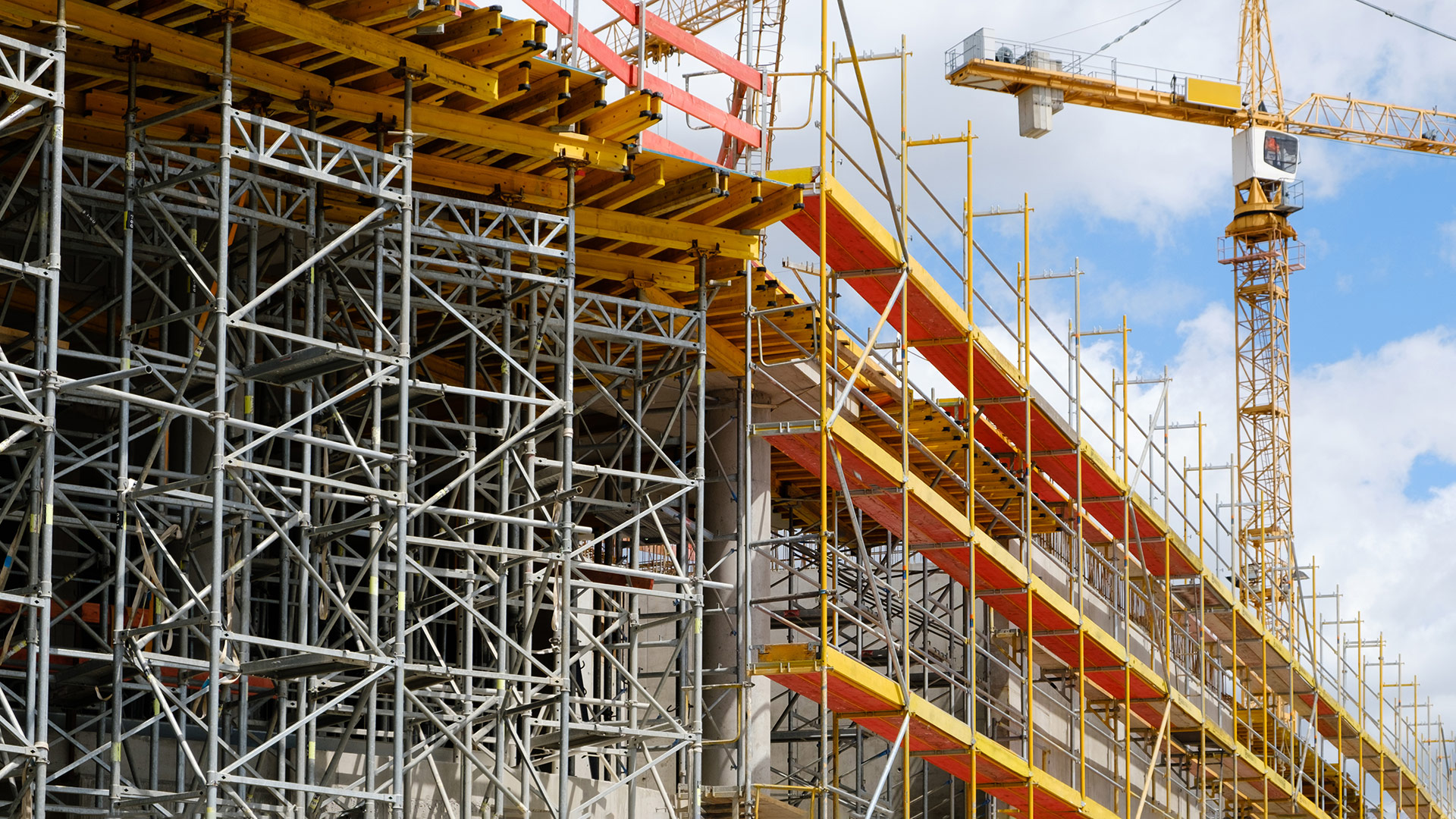


The Supreme Court’s recent decision in URS Corporation Ltd v BDW Trading Ltd [2025] UKSC 21 has attracted considerable attention, including in relation to its discussion of the Building Safety Act 2022 (the BSA) and the duties under the Defective Premises Act 1972 (the DPA). Whilst that is a key aspect of the decision, this article primarily focuses on the other important aspects of the judgment – relating to professional negligence and contribution claims. The principles discussed below are relevant generally, and not just to construction claims.
BDW Trading Ltd (BDW) is a property developer who engaged URS Corporation Ltd (URS) as a structural designer for two of BDW’s residential developments (Developments).
URS completed its design works and BDW later sold the flats comprising the Developments. Following the sales, BDW no longer had any proprietary interest in the Developments.
After the Grenfell Tower tragedy in 2017, all developers were encouraged to carry out investigations into their developments and remedy any defects discovered. BDW’s inspections of the Developments identified structural defects which meant that the Developments were potentially dangerous.
In 2020 and 2021, BDW procured remedial works to make the Developments safe. At that point, no owners or occupiers had brought (or were threatening to bring) any claims against BDW, and any claims to compel BDW to enforce obligations owed by URS (or others) under the DPA would have been out of time for the purposes of the Limitation Act 1980.
BDW issued proceedings against URS for the recovery of the cost of the remedial works, alleging negligence by URS.
A trial was held of a number of preliminary issues relating to the principles of the claims, on the basis of assumed facts. The Judgment was appealed to the Court of Appeal and then to the Supreme Court. The Supreme Court decided the following four issues:
This article will focus on issues 1, 2 and 4.
The Supreme Court unanimously found in favour of BDW,1 dismissing URS’s appeal on all four issues.
We should note that the case proceeded on the basis of assumed facts, agreed for the purposes of the preliminary issues, such that:
URS’s primary argument in relation to Issue 1 was based on the “voluntariness principle”. URS claimed that its duty of care (and, therefore, liability) towards BDW did not extend to avoiding losses that BDW incurred “voluntarily”, or that such losses were too remote. URS said that BDW’s losses were incurred “voluntarily” because (i) BDW no longer had a proprietary interest in the Developments when the remedial works were carried out, and (ii) there was no legal compulsion on BDW to carry out the repairs. This was not a type of loss, or fruition of risk, that URS had a duty to guard against.
The Supreme Court rejected URS’s arguments. The Court considered its previous judgment in Manchester Building Society v Grant Thornton [2021] UKSC 20; [2022] AC 783 which made clear that the scope of a professional’s duty essentially depends on the purpose of the professional’s appointment. Here, the clear purpose of URS’s appointment was to guard against the very type of loss that BDW in fact incurred – i.e. the need to repair poorly designed developments and this must have been reasonably contemplated by URS. Therefore, the losses were not too remote, and the key question was whether they were incurred “voluntarily”.
The Court did not accept that the cases relied upon by URS supported its argument that there was a bright-line “voluntariness principle” that limits the scope of a party’s duty of care. They were, the Court said, decided on other grounds.
Instead, the Supreme Court found that (rather than scope of duty and remoteness) the issue of “voluntariness” was (potentially) relevant to (i) whether the chain of causation from the breach of duty to loss had been broken by the claimant’s “voluntary” conduct, or (ii) whether the claimant had failed to mitigate its loss (i.e. if the claimant could have avoided its loss by acting reasonably or if additional expenses were reasonably incurred). These points depend on the facts of the case.
As the appeal to the Supreme Court was limited to the points of principle, and limited to assumed facts, the Judgment does not determine whether, in this particular case, “voluntariness” did affect URS’s liability.
However, the Supreme Court did note that BDW’s actions could not truly be considered “voluntary”, based on the assumed facts, because BDW was compelled to carry them out:
Given its decision on issue 1 the Court did not need to consider whether BDW’s cause of action in tort had already accrued at the time it sold the Developments, but it made some interesting obiter comments.
In essence, the court declined to say the decision of the House of Lords in Pirelli General Cable Works Ltd v Oscar Faber & Partners [1983] 2 AC 1 was incorrect in finding that a cause of action in negligence accrues when the damage occurs, not when it is discovered. This can, in certain circumstances, have the effect of extinguishing a cause of action before the potential claimant knows it exists.
Whilst the Court considered there to be strong arguments for revisiting Pirelli in the context of pure economic loss, it noted that s14A and 14B of the Limitation Act 1980 had been put in place to address the issues caused by the concept of latent damage by adding an additional three year limitation period for a claimant to bring a claim from the date of discovering the damage (subject to a 15 year longstop). If the Court were to overrule Pirelli it would undermine the statutory solution. This should only be revisited with the benefit of full argument and where it would be part of the ratio of the judgment.
The Court considered whether BDW was able to claim a contribution from URS under the Civil Liability (Contribution) Act 1978, on the basis that BDW and URS were both liable to the homeowners for the same damage,2and, specifically, when the right to contribution between two defendants arises.
BDW argued that the right to contribution between defendants under the Act arises from the moment damage is suffered by a claimant for which two defendants are liable, regardless of whether there is a claim. At that point the defendants acquire a right of contribution from each other. On the facts here BDW’s right to recover would therefore arise when damage was suffered by homeowners on completion of the Developments.
URS argued the right to contribution arises only when (i) the first defendant’s liability to the claimant is determined by a judgment against the first defendant, or (ii) there is an admission of liability, or (iii) there is a settlement between the first defendant and the claimant. This would mean that BDW had no claim to contribution against URS as no homeowner had ever made a claim (and would now be unlikely to do so due to the remedial works).
The Supreme Court3 rejected both of these positions and found the right of the first defendant to recover from a second defendant arises when:
At that point, the two-year limitation period that applies to contribution actions between defendants also begins to run.
Therefore, on the facts of this case, it was irrelevant that no homeowners had brought a claim against BDW. BDW was not prevented from bringing a contribution claim against URS as BDW had made a payment (in kind, by performing the remedial works).
The Supreme Court judgment makes it clear that there is no automatic bar to the recovery of losses which are suffered “voluntarily”. Rather, the question of whether “voluntary” losses can be recovered will depend on an analysis of causation and mitigation on the facts of each case. There are, of course, good policy reasons for adopting this approach, particularly where safety is concerned.
In fact, while the Supreme Court did not need to apply the analysis in this judgment, it cast doubt on whether losses of the type considered here really were “voluntary”. Where claims have not yet been made, it is still possible to act in anticipation of such claims, and even to protect against reputational damage, without necessarily being deemed to have acted “voluntarily”. It remains to be seen how these principles will be applied in other matters, and the Supreme Court acknowledged in this case that important public interest considerations were relevant.
As discussed above, the policy reasons for this decision are clear (and as noted and expressly confirmed by the Supreme Court) – a party should not be penalised for being proactive about fixing a problem (particularly where safety is an issue). However, this point – combined with the extension of liability periods introduced by the BSA – potentially means a significant expansion of potential liabilities, with profound consequences for the risks that construction professionals (and others) need to insure.
This will not have escaped the attention of insurers which may in turn have a significant impact on the availability of professional indemnity and other liability insurance cover for future projects, premium costs and the ability of parties to allocate risk.
Cassandra Stead, Trainee Solicitor, also co-authored the article.
Footnotes

